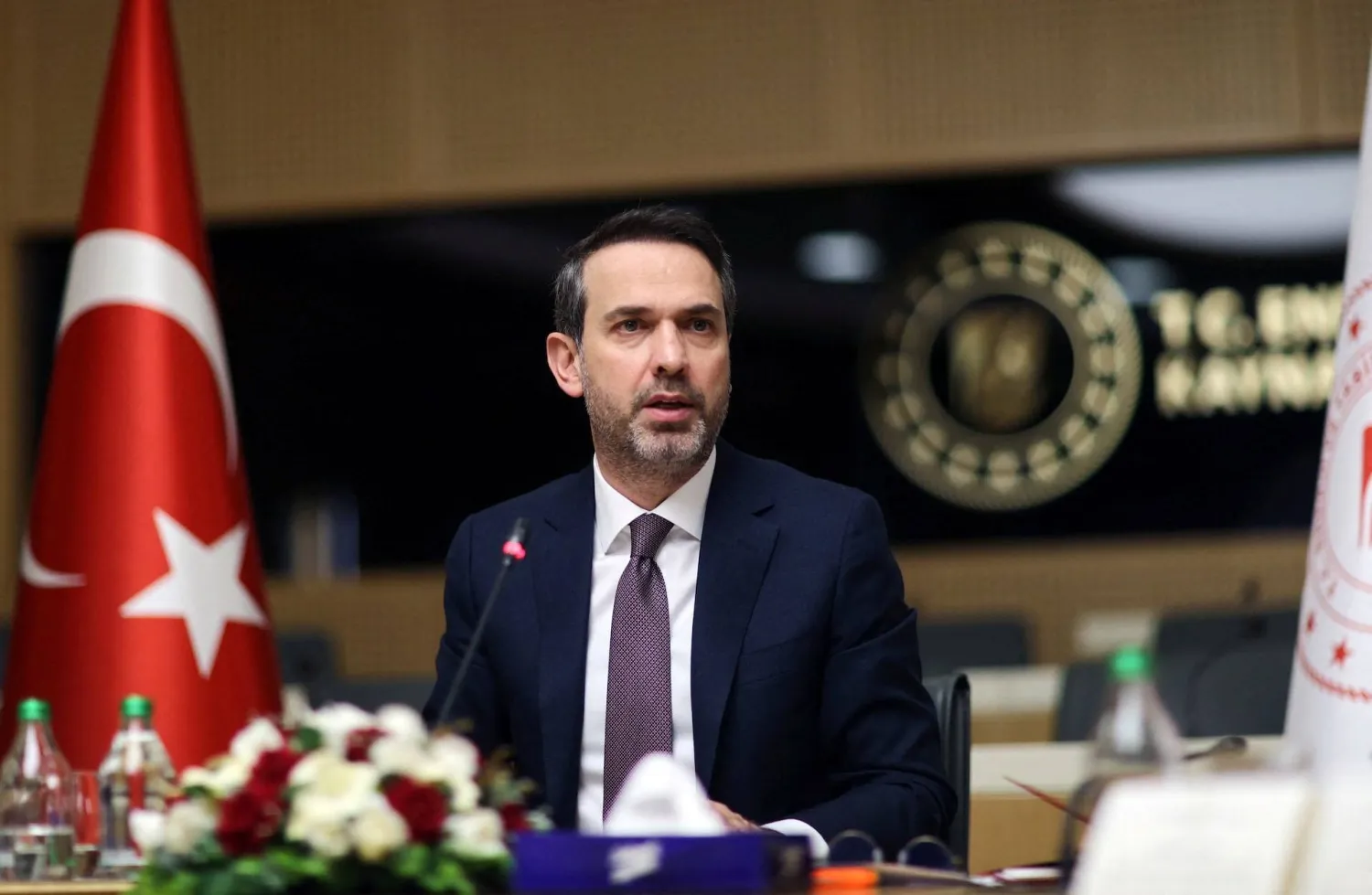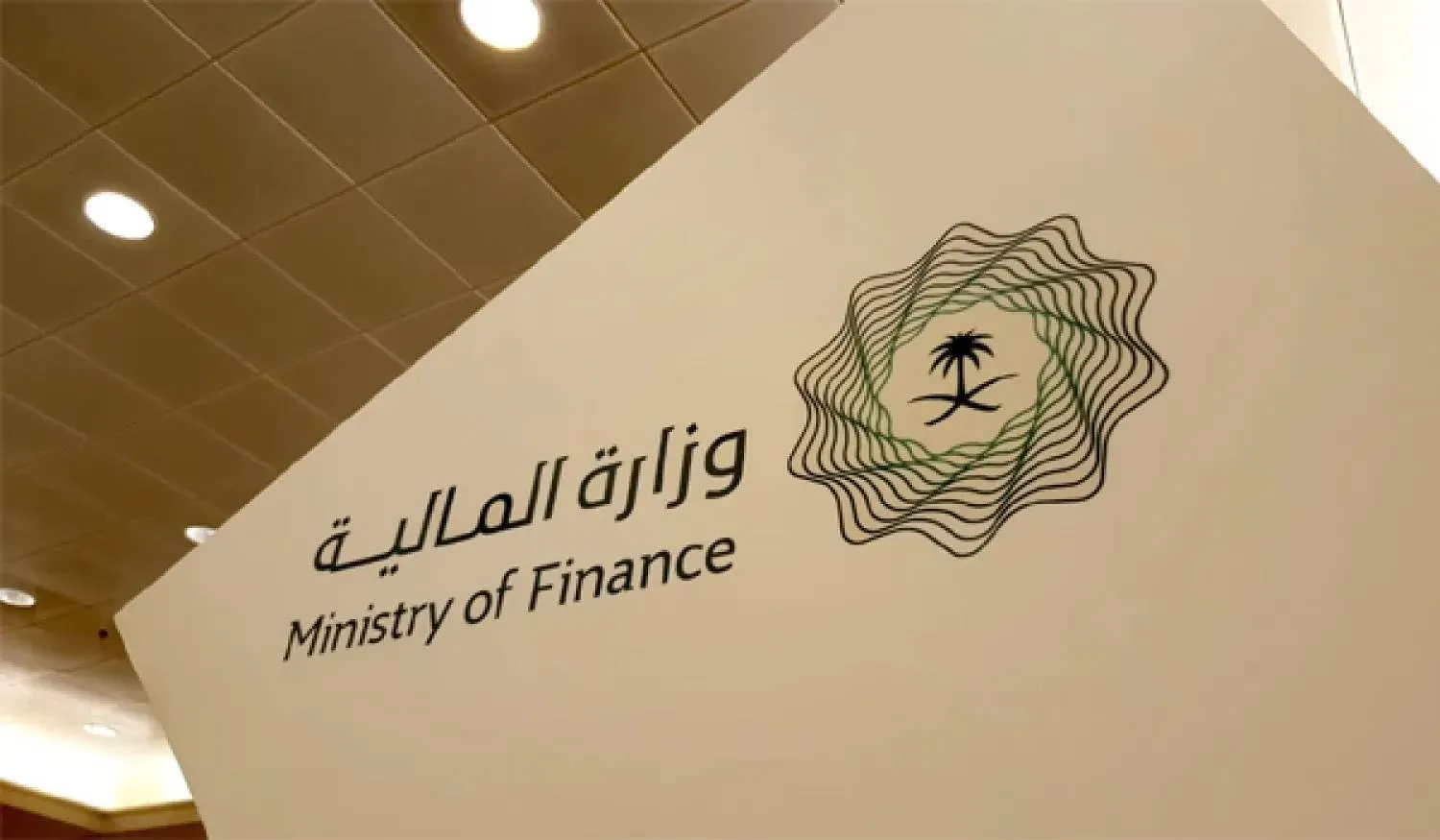A ministerial decision was issued in Saudi Arabia on Sunday to regulate the labor contract during exceptional circumstances caused by the coronavirus outbreak.
It stipulates reducing salaries in the private sector by 40 percent with the possibility of terminating the contracts.
The document, a copy of which was obtained by Asharq Al-Awsat, allows employers to reduce working hours and cut 40 percent of total salaries for a period of six months and provides for the termination of contracts with employees after this period.
The regulation defines force majeure as the state taking measures it deems appropriate or based on what is recommended by a competent international organization in a case or a circumstance to limit the deterioration of the situation.
It indicates that applying its provisions doesn’t stop state benefits for employers in the private sector, such as aid in paying wages for workers or exemptions from government fees.
It also stresses on not terminating contracts unless the three conditions that form a force majeure are met.
They are: Waiting six extra months for the measures taken and the resulting precautionary or preventive actions, benefiting from the implementation of the procedures related to reducing wages, annual leaves and exceptional leave, as well as proving that the establishment has suffered losses.
These developments come in line with the actions taken by Saudi Arabia to address the coronavirus pandemic and consider it a force majeure in the contracts signed with employees in the Saudi labor market.









